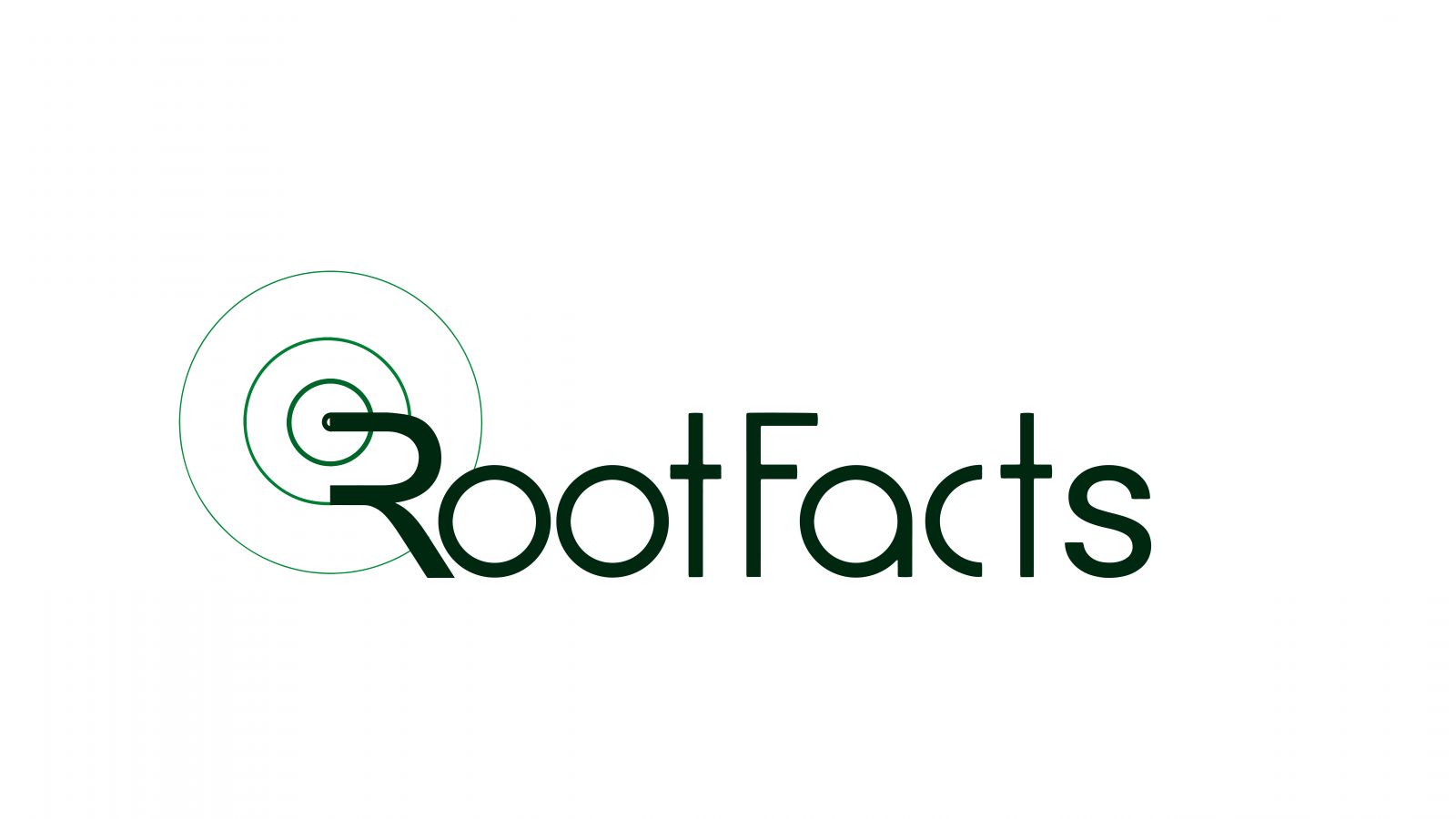Site Surveys with Drone-based Surveying and Mapping Service

Lifting Off: Drone-Based Surveying and Mapping Automation
For planning, construction, and monitoring purposes, accurate information is required over large areas of civil engineering projects. In the past, land surveying took too much time and effort. Today, with the invention of drones – unmanned aerial vehicles (UAVs), surveying and mapping have changed completely since they provide faster ways that are also safe and efficient. Drone-based surveying and mapping automation takes center stage among the many services offered by RootFacts which is a prominent name within this sector of the economy. They enable you to collect high-resolution data as well as generate precise maps at unmatched speed hence transforming how you undertake civil engineering projects.
This inclusive manual looks at drone-based surveying and mapping automation from different angles including its features functions benefits among others while also considering how these aspects could be used by RootFacts Company Limited in order to drive forward your ventures.
Demystifying Drone-Based Surveying and Mapping Automation: Sky Survey
The idea behind drone based surveys is flying unmanned aerial vehicles fitted with advanced sensors above construction sites or other landscapes so as to capture aerial data about them. The following are some steps involved:
Applications Of Drone-Based Surveying And Mapping Automation In Civil Engineering
The usage of this technology is not limited to any particular stage of a civil engineering project, instead it can be applied throughout the life cycle. Some examples include:
Site Surveys and Mapping
Volume Calculations
Progress Monitoring
Inspection Applications
Topography & Terrain Analysis
Post-Construction As-Built Surveys
Benefits Of Drone Based Surveying And Mapping Automation
There are several advantages that come with integrating drone technology into civil engineering projects including the following:


